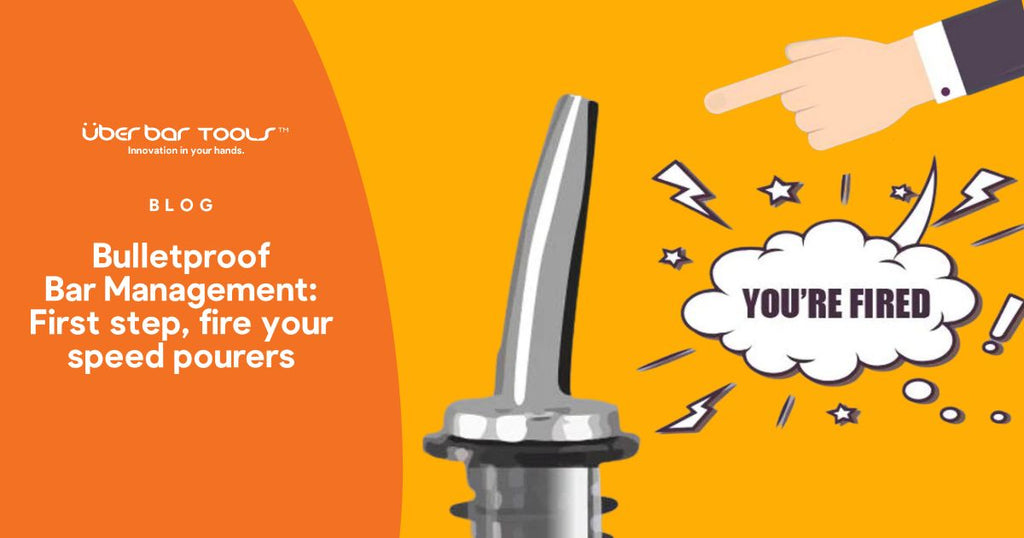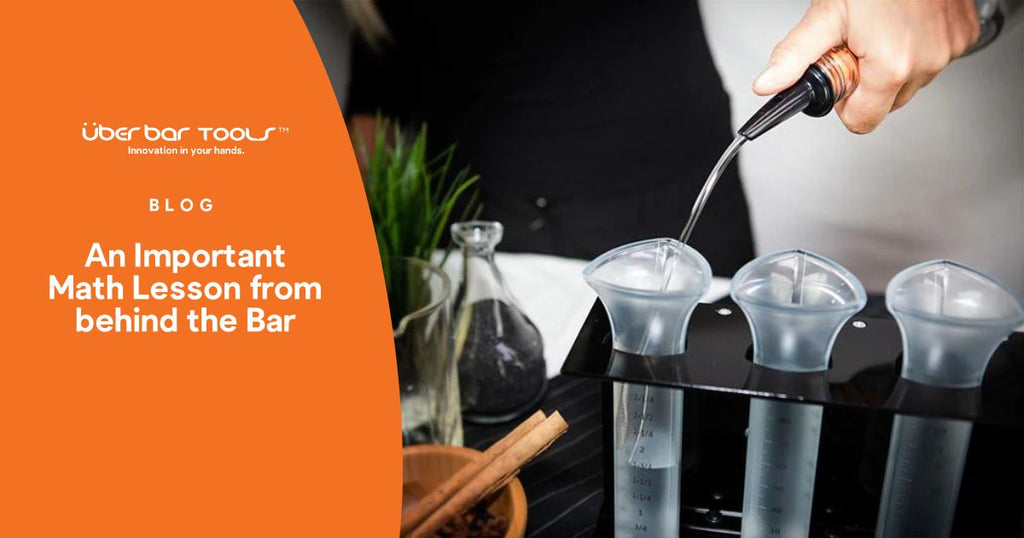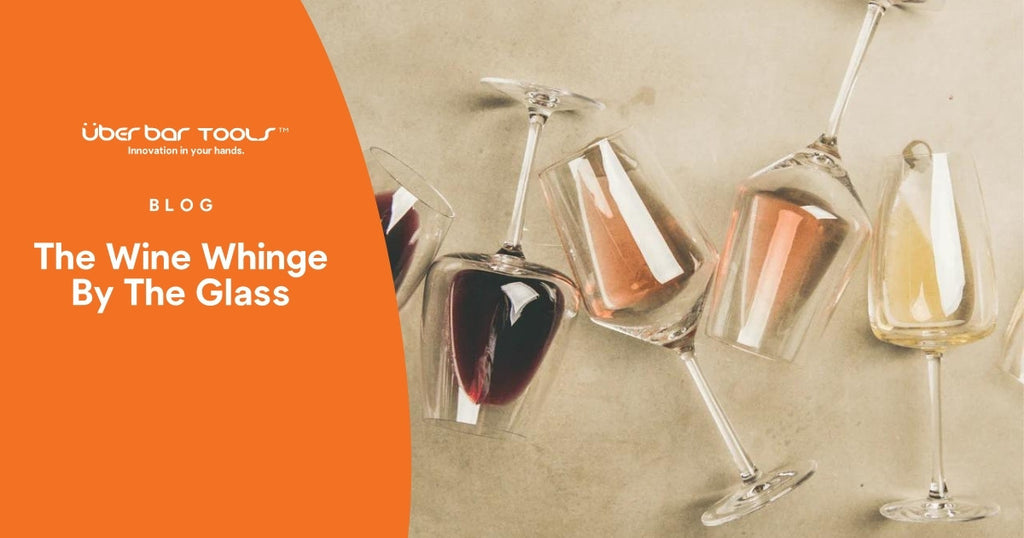News
Looking to elevate your cocktail game, streamline your bar operations, or simply unlock the secrets of the perfect pour? You've come to the right place!
At Überbartools™, we're passionate about all things bar-related, and we're dedicated to sharing our knowledge and insights with you.

Bulletproof Bar Management: First step, fire your speed pourers
Are traditional speed pourers hurting your bar's profitability? Learn the hidden drawbacks of traditional pourers and discover a revolutionary solution for efficient and cost-effective pouring.

An Important Math Lesson from behind the Bar

The Wine Whinge by the Glass
For bars and pubs pouring wine by the glass, inventory discrepancies is pretty much accepted as a wine whinge, par for the course. Luckily it doesn’t have to be like this.

Get your bar out of a muddling mess
There are so many muddler options out there, including plastic, steel and wooden variations, with and without teeth. You may prefer the feel of one material over another, but it's also important to think about longevity. So how do you choose a muddler?

Being at the top of the bartending game means - train train train!
Cocktail making has become a fascination, a passion and, for many, a pretty serious obsession. As a result, bartending is no longer a stopgap job, or a university rent subsidiser, it's a profession.
Bartenders are the industry professionals and it is essential they’re at the top of their game. They must be absolute experts in their arena – it’s vital they are not only highly skilled but highly trained.

How to get yourself out of a Muddle: Muddlers done right
Stirred Not Shaken: The Art of Cocktail Stirring

THE PRODUCT PARADOX: BUY, USE, DISCARD, REPEAT
7 HABITS OF SUCCESS - BY TOP CHEFS
HOW RITUAL TRUMPS SERVE
IS AN ECO BAR TOO HARD TO DO?


